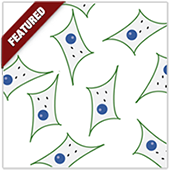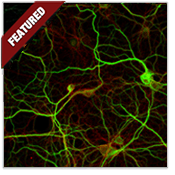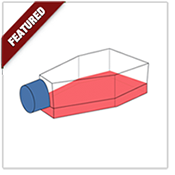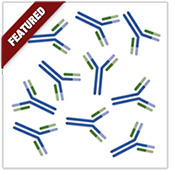Featured Neurobiology Products

Retinal Cell Line (R28)
The R28 cells were developed from E1A-NR.3 parental cell line through three rounds of limiting dilution and were therefore derived from a single cell. Despite their clonal origin, these cells display both glial and neuronal cell markers indicative of a retinal precursor cell.
The parental line E1A-NR.3 was established by immortalization of postnatal day 6 rat neuroretinal tissue using the psi2 replication incompetent retroviral vector. As a result, these cells are already resistant to geneticin/G418 and would require an alternative selection marker for transfection studies. These cells were designed not to form tumors in animals.

Primary Neurons
These cells are ready-to-use and can be plated into poly-lysine coated substrates. They provide:
- Superior post-thaw viability (75-90%)
- Highly pure (<2% glial cells)
- Long term viability of 3-4 weeks
Cortical and Hippocampal Neurons Avaliable:
- Mouse: P0, C57BL/6
- Rat: E18, Sprague Dawley

Primary Neuron Freeze Medium
This novel freezing medium can be used to freeze primary neurons from E18/19 rat and P0/P1mouse hippocampi and cortices, allowing for the freezing of primary neurons from embryonic rats (E18) or P0/P1 wild type or genetically engineered mice.
Neurons frozen in this medium maintain high levels of viability (75-90%) upon thawing and retain all the expected characteristics of primary neurons, including appropriate morphology and expression of neuronal and synaptic markers.

Anti-Exocyst mAbs
These monoclonal antibodies were generated against recombinant proteins and recognize the sec15, exo70, sec5 subunits specifically.
The exocyst complex (also known as the sec6/8 complex) is a multimeric complex that has been implicated to play a role in exocytosis. This complex is conserved from yeast to mammals and is composed of eight subunits (Sec3, Sec5, Sec6, Sec8, Sec10, Sec15, Exo70, and Exo84). In budding yeast, mutations in these complex subunits promote cytoplasmic accumulation of secretory vesicles.

